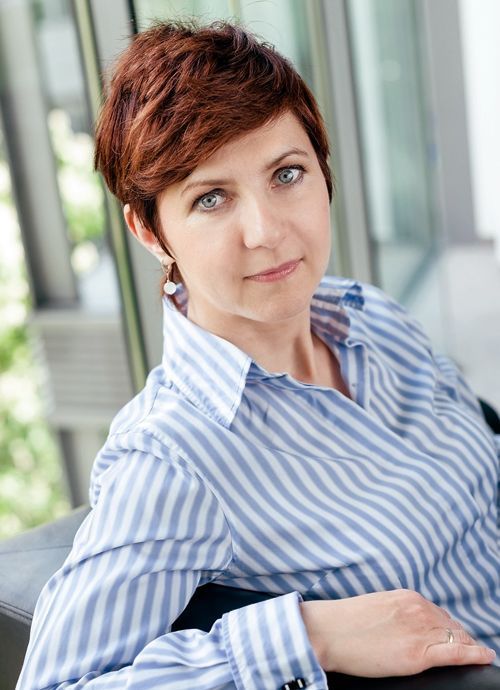According to Colliers International, there are now 21 ecologically certified industrial facilities in Poland, made up of fourteen with BREEAM and seven with LEED certificates. However, many of the most significant certified projects have only been developed in the last two years. These include two large Amazon distribution centres by Panattoni, another built by Goodman (currently in the process of BREEAM Industrial certification), as well as Volkswagen’s premises in Segro Logistics Park Poznań. The percentage of certified facilities in the total stock of completed projects is still rather small and the vast majority have been constructed for international firms dedicated to corporate social responsibility principles. The larger group of tenants, however, are not exhibiting the same interest. “It’s not like it is with the office market, where it is clear that tenants will not sign unless the building is certified. Nobody asks about that in































































